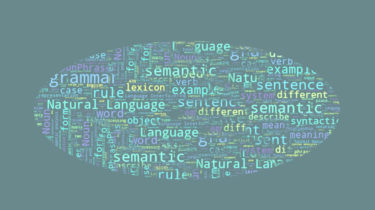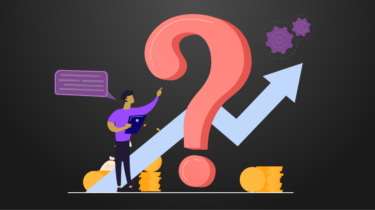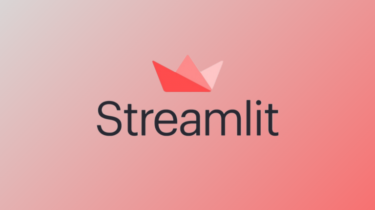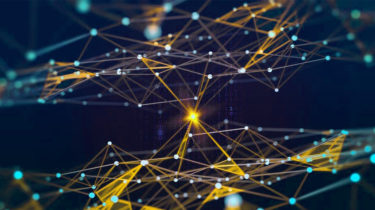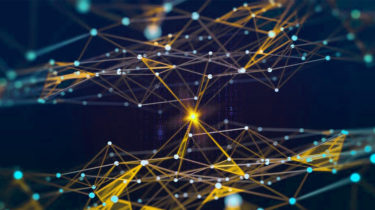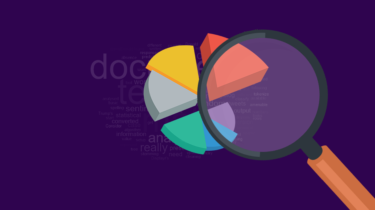A Hands-On Introduction to Hugging Face’s AutoNLP 101
Hugging Face, founded in 2016, has revolutionized the way people approach Natural Language Processing in this day and age. Based in New York, Hugging Face started out as a chatbot company with its primary focus today on the Transformers library and helping the developers integrate NLP into their own products or services. Hugging Face has made it incredibly easy for an individual to train their data on huge state-of-the-art models only with a couple of lines. Solving NLP, one commit […]
Read more
